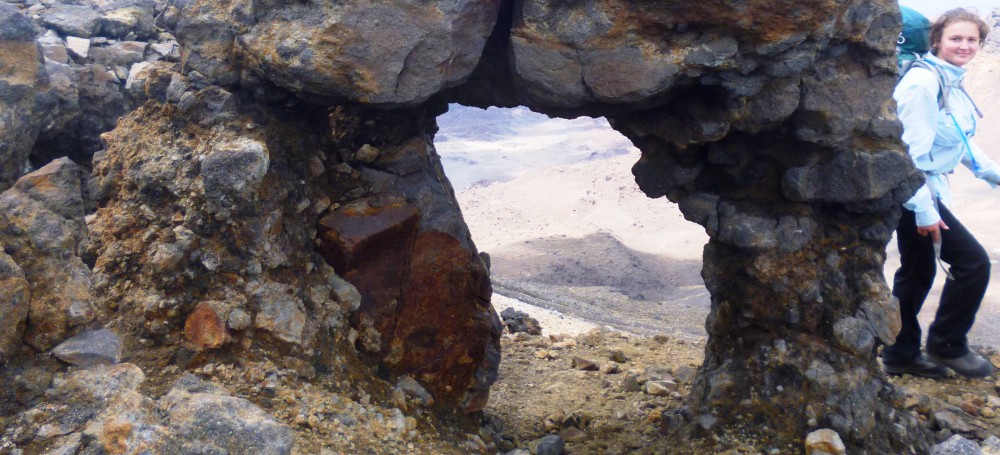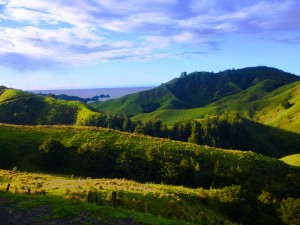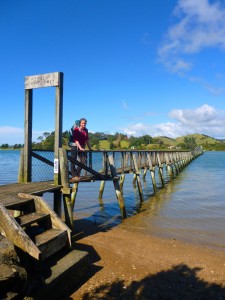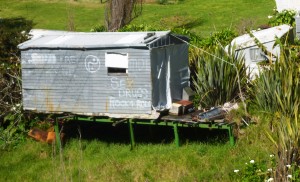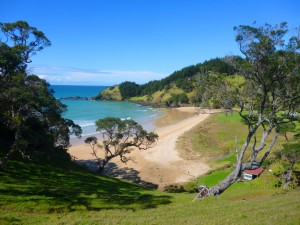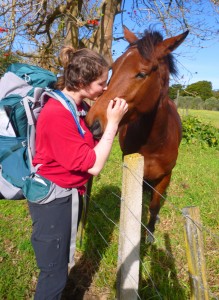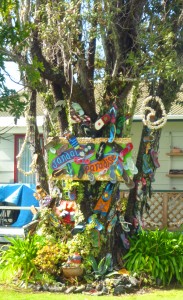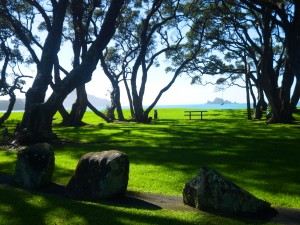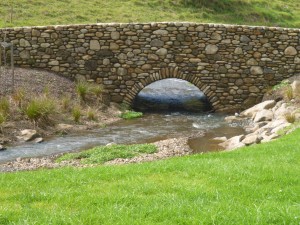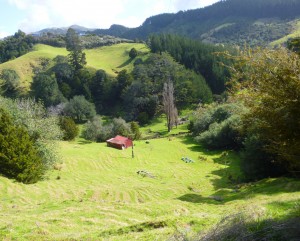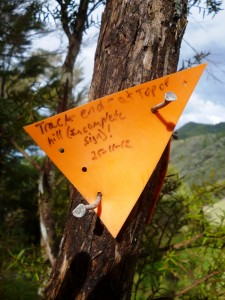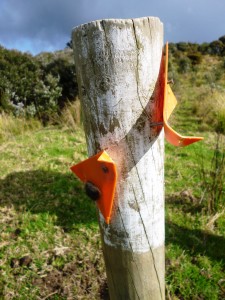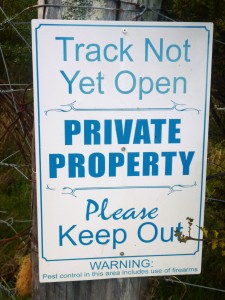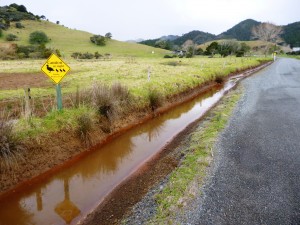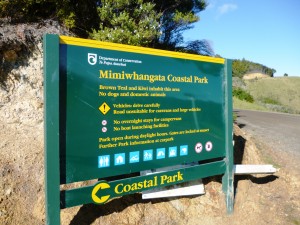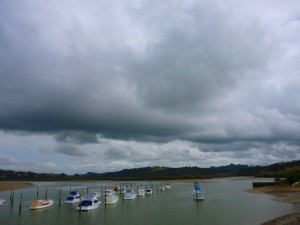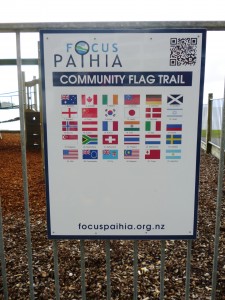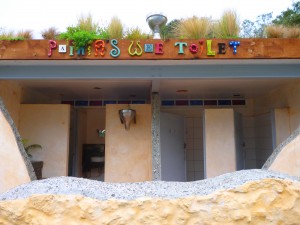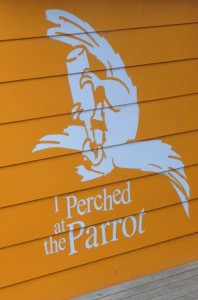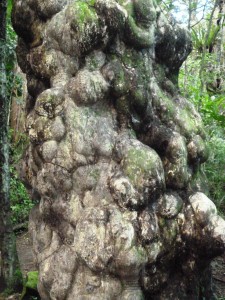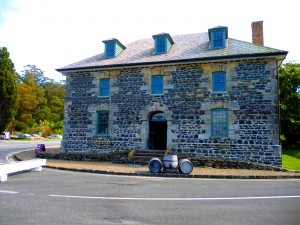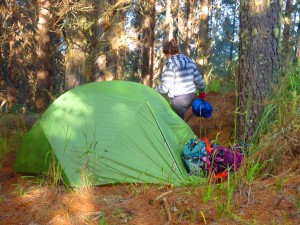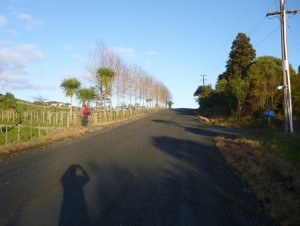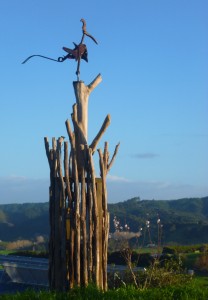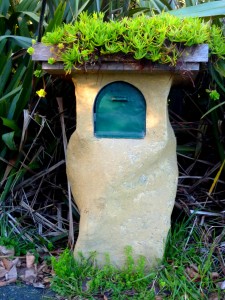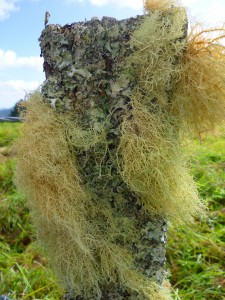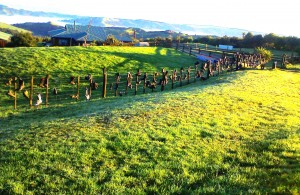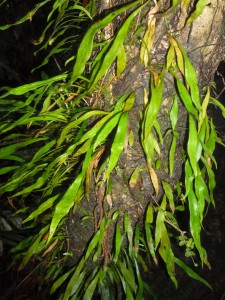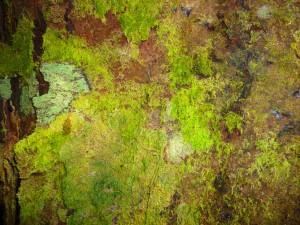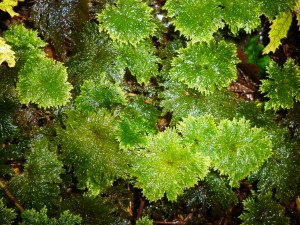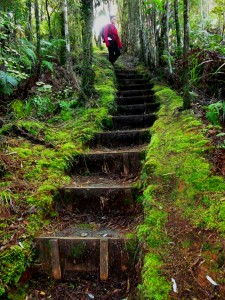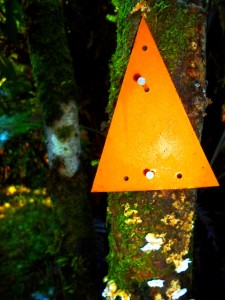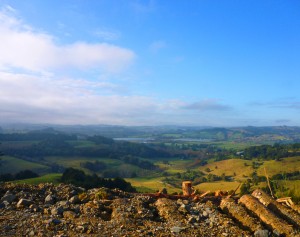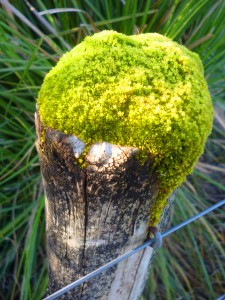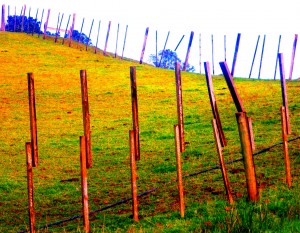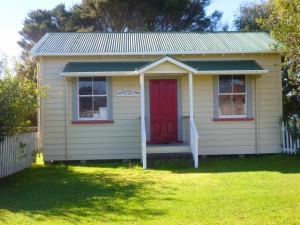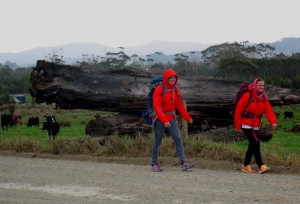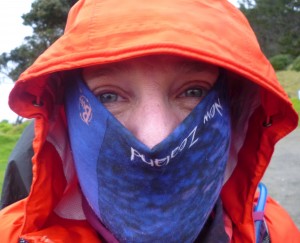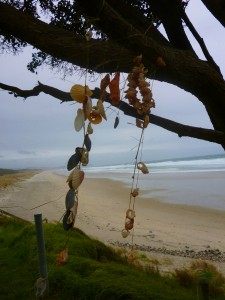Day 8
Sunday, 25 August
R & R in Tutukaka (0 km)
We had a comfortable night, with the only noise being the harsh calls of pukekos. “Flee!” they screamed to us beneath the black, uncaring sky. “Flee! Flee!” Of course, they might have been saying “Flea!” instead, indicating a parasitical rather than relocational concern, but we will never know…
Today we were motel blobs. The weather forecast promised it would be wet, with 110 km/h winds, so we stayed in bed, apart from dragging ourselves across the road to the restaurant for lunch. We were clean, but so tatty that I wondered if we’d be let in. I need not have wasted a thought on this. The dress code notice at the entrance said: “Shoes must be worn”.
We had some time to catch up with our writing, and I asked Hannah if she’d like to make a list of the responses she has had to her scars. This is what she wrote:
Unhelpful responses:
“Are those actual scars on your arms?”
“What are those from?”
“What happened to your hand?”
“Oi, do you cut yourself?”
“Nice scars!”
“They’re so bad…”
“I hate looking at them.”
“I did that once. Really bad. I needed stitches; cut myself so bad I had to go to hospital. There’s no scar but it was really bad.”
“Why on your tits?”
“I’m not looking at the boobs – I’m looking at what’s on the boobs.”
“I can’t understand why someone would do that to themselves.”
“There’s so many…”
(Quietly, to someone else) “I feel sorry for her.”
“Do you want to get married and have a family?”
(Praying) “Please God – take Satan out of Hannah’s soul.”
“If you cut, I’ll cut.”
“Didn’t that hurt?”
“You must’ve pressed hard.”
“Sign this contract that says that if you continue to self-harm, you will be put into care until you’re 18, and if you self-harm there, you’ll stay there until you’re 21.”
“Make a deal with me?”
“Can I pray for you?”
“Can I touch them?”
“Yeah, I did that once. It didn’t work.”
“I see you went through an ‘emo’ phase.”
“What are you gonna do with these long term?”
“I wish I could cut.”
“How did you get them so deep?”
“When this sticking plaster comes off it’ll pull a few hairs out. But maybe that could be your new pain thing? Waxing!”
“Just stop.”
“Oh, yeah, I have heaps of scars too.”
(Dirty look)
(Quietly, to someone else) “Look at her arms…”
(Pulling skirt up) “Do you want to see the ones I did last night?”
“If I do it all down my legs too, will I get out of PE?”
“You should know better.”
“Did you cut it up with a knife?”
“Can I see the others?”
“Why do you cut yourself?”
“Your cat raped you!” (Laughs)
“My cousin cuts herself. (Laughs) She’s so emo! She has her hair over one eye and everything!” (Same person, one week later) “I’m actually really close to someone that self-harms so I think I understand it better than you do.”
“OMG, I just don’t get it. Like…what is there to be depressed about anyway?”
“Depressed people and cutters are stupid.”
“That’s disgusting.”
“Is it for a sexual rush?”
Helpful responses:
“If you ever need me, call me. Whenever. Even if I’m in school. You matter more than school.”
“There is nothing I’d rather do than be here for you.”
“Even your scars are beautiful.”
“We’ll do whatever is in our power to help you, whenever you’re ready.”
“Are you okay in this situation?”
“I’m proud of you for going out in short sleeves today.”
“I understand how hard it is for you.”
“You’re so much stronger than you think.”
“Would you like me to sing ‘System Of A Down’ and ‘Blink 182’ at you for 2 hours or until you feel better?”
“Brb, getting food and movies. I’ll be there soon.”
“Would you like me to come spend the day with you on the anniversary of That Hard Time In Your Life?”
“Nothing you could say or do would disappoint me.”
“I have faith in you.”
“I’m sorry if that situation caused you anxiety.”
(Hugs)
Day 9
Monday, 26 August
Matapouri to Ngunguru (13 km, plus about 3 km off the trail)
Today we did the Matapouri bush walk, passing Tane Moana then heading down to Ngunguru. First, we had to get from Tutukaka to Matapouri to reach the trail where we had left it on Saturday afternoon. We walked about 3 km in the rain before someone offered us a lift. It was really nice of him, because we were wet and our packs bulky. He recognised our accents and said he had followed the All Blacks to South Africa for their controversial tour in 1976 and spent some time driving a bus in Durban.
The rain was a prima donna today; it kept stopping and starting and we felt a bit like cheap strippers down at the Smugglers’ Inn, continually putting stuff on and then taking it off 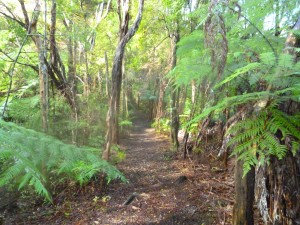 again. Eventually we just left our rain gear off, and walked ourselves wet and then dry and then wet again.
again. Eventually we just left our rain gear off, and walked ourselves wet and then dry and then wet again.
The bush section was pretty and only 7 km long, but it took us most of the day because of the steep and muddy parts and (“Surprise!” she said with a horrible fixed grin) our getting lost again. The GPS took us back to the trail and the turn-off, which was indeed marked, but where the path was faint. This time, it was our fault for not being sufficiently alert.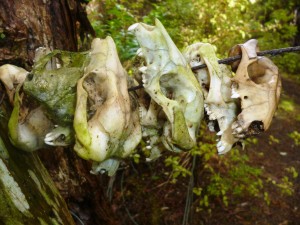
The track goes through one of the few areas where there are still wild kiwis to be found, although the birds’ nocturnal habits meant we had no chance of seeing or hearing them. The predator extermination programme has to be aggressive here, and we came upon a few possum gibbets, sad and stinking reminders of how stupidly and easily humans trash ecosystems and then have to labour unpleasantly to fix things.
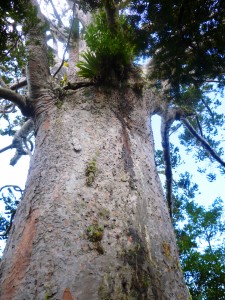 We tried to photograph Tane Moana, one of the few ancient kauri trees left from New Zealand’s original forests. We couldn’t get a good angle on it or an adequate representation of its size, due to the surrounding vegetation and geography. For readers who are not New Zealanders, kauri wood is exquisite and richly coloured, and can often be seen in the floors and doors of the older houses here.
We tried to photograph Tane Moana, one of the few ancient kauri trees left from New Zealand’s original forests. We couldn’t get a good angle on it or an adequate representation of its size, due to the surrounding vegetation and geography. For readers who are not New Zealanders, kauri wood is exquisite and richly coloured, and can often be seen in the floors and doors of the older houses here.
We entered Ngunguru. (I like that name. It arises from a language and culture half way across the world from the South African Zulus, yet it reminds me of the satisfying roundness of Zulu words). Here, we were delighted to discover another quirky postbox. 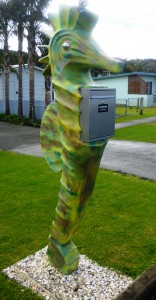 This seahorse is huge – about as tall as I am, and don’t you think it has an insane gleam in its metallic eye?
This seahorse is huge – about as tall as I am, and don’t you think it has an insane gleam in its metallic eye?
We came across a time capsule. The plaque reads: “MILLENIUM CAPSULE. In the year 2000 the citizens of this area buried a time capsule under this plaque to be opened in the year 2100. Our future is your past.” There is no indication of what was planted under the concrete. I’m sure a newspaper was included, but I’d prefer to think there was some cheeky stuff too. My two cents’ worth is a David Beckham doll dressed in drag. OK folks, let’s have some guesses from you in the comments section.
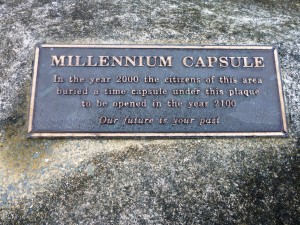 Our ankles were aching from all the twisting and sliding in the bush and Hannah had blisters too, so she was walking funny. We stopped at the estate agent’s office to ask if there were camping grounds. “You two look like you need to sit down!” exclaimed a lady, before we opened our mouths. “Actually, we’d prefer it if we were tenderly carried away,” I said. “Meanwhile, is there a place to camp legally here?” There wasn’t. Someone said that former camping grounds were being turned into housing developments now. I don’t know if that is true, but certainly a lot of building was going on in this small and pretty settlement. We were advised that since this was the winter season, we should try our luck at the largely empty campervan sites. There was a small site on private property on the main road, where the owners allowed us to camp and have hot showers for next to nothing. As I have said before, there are some thoroughly nice souls in rural New Zealand.
Our ankles were aching from all the twisting and sliding in the bush and Hannah had blisters too, so she was walking funny. We stopped at the estate agent’s office to ask if there were camping grounds. “You two look like you need to sit down!” exclaimed a lady, before we opened our mouths. “Actually, we’d prefer it if we were tenderly carried away,” I said. “Meanwhile, is there a place to camp legally here?” There wasn’t. Someone said that former camping grounds were being turned into housing developments now. I don’t know if that is true, but certainly a lot of building was going on in this small and pretty settlement. We were advised that since this was the winter season, we should try our luck at the largely empty campervan sites. There was a small site on private property on the main road, where the owners allowed us to camp and have hot showers for next to nothing. As I have said before, there are some thoroughly nice souls in rural New Zealand.
Day 10
Tuesday, 27 August
Ngunguru to a place on the road nearer Whangarei (9 km)
We set off to walk the estuary bypass to the next trail section. The bypass is an 18 km 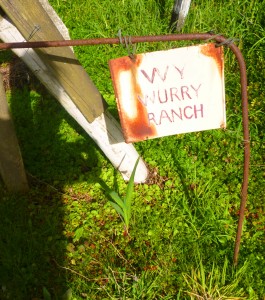 road margin tramp and we were not feeling enthusiastic. We were amused, though, at Ngunguru’s “She’ll be right” answer to Southfork. A small, rusty sign marked the “WY WURRY RANCH”.
road margin tramp and we were not feeling enthusiastic. We were amused, though, at Ngunguru’s “She’ll be right” answer to Southfork. A small, rusty sign marked the “WY WURRY RANCH”.
Then we passed a sign advertising Birman kittens. “Oh I just want to lie in a tub somewhere and have someone pour a boxful of Birman kittens all over me!” groaned Hannah. I thought I could probably live with that scenario too. We were meant to be working our way along the coast to Whangarei Heads before catching the bus home, but right now, another two or three days of hoofing it did not appeal.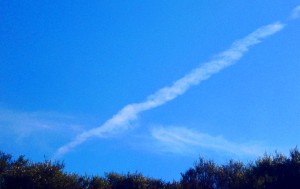
Then we saw A Sign From God. There was an odd cloud formation which made an “X” in the sky. Aha! Who are we to argue against God? Shortly thereafter, a lovely lady driving in the opposite direction turned her car and offered us a lift. She was Emma, and on her front passenger seat sat Jet, her Staffie. We climbed into the back and Jet came to visit us and cuddle for a short while before returning to his place of honour and supervisory authority. Emma took us well out of her way and dropped us at the bus stop in Whangarei. We were very pleased and thankful.
The day continued to be good. While waiting for the bus, we visited the Himalayan Trading Post, where the manageress gave Hannah a box of Tibetan incense.
The trip home was enlivened by a bloke asking the driver to stop on the motorway. The passenger had to throw up. The driver complied, but admonished the bloke for smelling of alcohol. We didn’t mind. We had started this trip with requesting an Intercity driver to make an unscheduled stop, so who were we to criticise?
